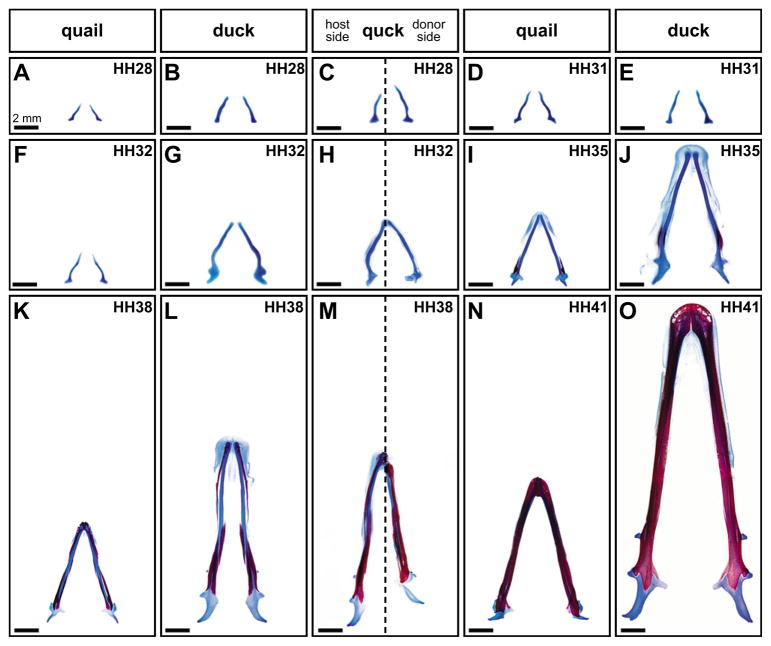Fig. 2. Mesenchyme determines the size and shape of Meckel’s cartilage.
(A,B) Meckel’s cartilage in control quail and duck embryos was relatively short at HH28 (stained with Alcian Blue and shown in ventral view with distal towards the top). (C) In HH28 chimeric quck mandibles, the host Meckel’s cartilage was equivalent to an HH28 duck, but the quail donor side (right of broken line) resembled the size and shape of a control quail Meckel’s cartilage at HH31. (D,E) Meckel’s cartilage was slightly curved at HH31 in quail and duck. (F,G) At HH32, Meckel’s cartilage was S-shaped in quail and duck. (H) In HH32 quck, the host Meckel’s cartilage was like an HH32 control duck, but the quail donor side matched the size and shape of a quail Meckel’s cartilage at HH35. (I,J) By HH35, Meckel’s cartilage began to straighten, but some curvature persisted in duck. (K,L) This straightened morphology became augmented by HH38. (M) In HH38 quck mandibles, both the quail-derived Meckel’s cartilage and the contralateral duck Meckel’s cartilage were straightened, but the quail-derived Meckel’s cartilage was shorter than its duck-derived counterpart, and was more similar in size to control quail Meckel’s cartilage at HH41. (N,O) By HH41, the size and shape of Meckel’s cartilage was reflective of adult morphology.

